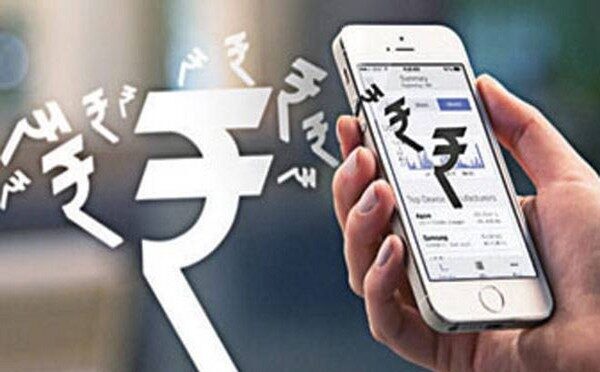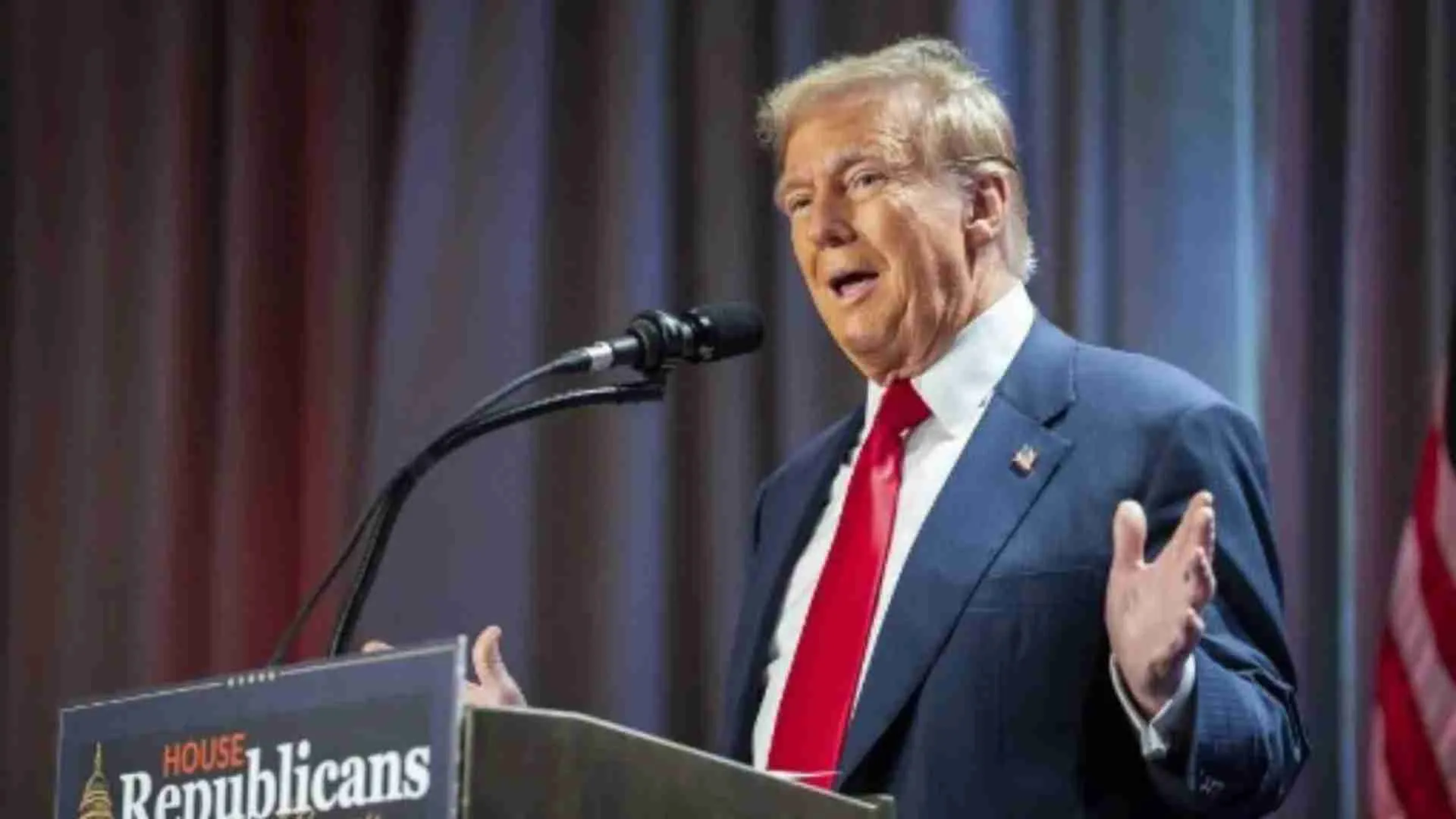Riding on the coordinated efforts of the Government with all stakeholders, India’s total digital payment transactions volume increased from Rs 2,071 crore in financial year 2017-18 to Rs 13,462 crore in FY 2022-23 at a compounded annual growth rate of 45 per cent. The digital payments transactions have reached Rs 11,660 crore in the current financial year FY24 as on 11 December, 2023, Minister of State for Finance Bhagwat Kisanrao Karad informed Rajya Sabha on Tuesday.
Digital payments have significantly increased in recent years, with the Government and RBI coordination to make digital payments user-friendly across retail to wholesale payments. While wholesale payments are made through Real Time Gross Settlement payment system, for retail payments, the payment products are Unified Payments Interface (UPI), National Electronic Fund Transfer (NEFT), Immediate Payment Service (IMPS), Credit and Debit cards, Prepaid Payment Instruments, National Automated Clearing House (NACH), Aadhaar enabled Payment Service (AePS) (Fund Transfers), BHIM Aadhaar Pay,and National Electronic Toll Collection (NETC) (linked to bank account).
The Government in coordination with RBI has undertaken these measures while ensuring payment security. Initiatives like conversational payments in UPI enable users to engage in a conversation with an AI- powered system to initiate and complete transactions in a safe and secure environment and offline payments in UPI to increase the speed of small value transactions on UPI. Expanding the scope and reach of e-RUPI vouchers, linking RuPay Credit Cards to UPI and interoperable Card-less Cash Withdrawal (ICCW) at ATMs mark the progress made in digital payment transactions, the MoS stated.
India has become a model for digital payments adoption for countries across the globe. As shows a study, this year, by Pricewaterhouse Cooper, digital payments in India continued to grow at a massive rate with a year-on-year transactional volume growth of 56 per cent in FY 2022–2023 and is expected to grow four times by FY 2026–2027. The report credits the growth to policies implemented by the Government and the RBI for promoting digital payments, the emergence of FinTech with new technologies to ease user experience and building of infrastructure to support smooth transaction flows. Over the next five years, UPI is expected to constitute almost 90 per cent of total transactional volume in retail digital payments by expanding its adoption to rural areas and tier 3 and 4 cities, the report projects.
In FY 2022–2023, the RBI launched new features in UPI like UPI 123Pay, UPI Lite, credit card linkage on UPI, UPI on NRE accounts, UPI for foreign tourists and single block multiple debits to further increase the scope of UPI payments and increase the number of UPI users. Credit card transaction is expected to grow in the coming years with the linkage to UPI and new entrants entering the credit card issuance space. The infrastructure for face-to-face payments, point of sales (PoS) and QR has also been growing not only in metros and tier 1 cities but also in tier 2 and 3 cities. The y-o-y growth of PoS machines and QR codes is nearly 31 per cent and 43 per cent respectively in FY 2022–2023.

















